
A new system for registering organised groups has been introduced on Ben Nevis in an effort to ease some of the pressure brought about by the mountain's popularity. Like the other national high points in the over-subscribed Three Peaks challenge, The Ben suffers not only from the sheer number of charity walkers on its standard route, but also the effects of thoughtless behaviour such as littering and poor parking.
The registration system is intended to make it easier for event managers to gain permissions and access the mountain responsibly, while aiding The Ben's various land managers to better deal with the impacts of these events. It should also make it less likely that several big events inadvertently coincide.
Run by the Nevis Landscape Partnership (NLP), who work with the John Muir Trust and Jahama Highland Estate, the primary landowners of Ben Nevis, along with NatureScot, local volunteering charities and hill walking groups, the project's overall objectives are to enable fair and sustainable use of Ben Nevis, to protect the mountain by ensuring events are organised and run responsibly, and to help fund the maintenance of the mountain.
Local mountain guide and Chair of the NLP, Mike Pescod, has recently been in the press talking about the issue of human waste on Ben Nevis.
"The Ben receives upwards of 150,000 visitors a year" he said. "The cumulative effect of these visitors is massive [...] and the task of maintaining it is growing. This scheme will make sure that event organisers are setting a good example, making it easier for us to ensure that people are accessing The Ben responsibly and sustainably."
A live calendar has been set up, which this should help avoid multiple events occurring simultaneously - a scenario that can lead to crowds on the path and traffic congestion in Glen Nevis as car parks overflow.
Registration also offers a single point of contact for event organisers who would previously have had to talk to several landowners.
But is it compulsory in a legal sense? We asked Tim Stobart, Events Liaison Officer for the Nevis Landscape Partnership.
"We are keen to promote people accessing the outdoors, and this is an attempt to better manage this, and certainly not to discourage it in any way" he told us.
"[But] we would rather someone got in touch and we tell them there is no need to register an event, than for them to think they don't need to do so."
While there's a legal requirement in England, Wales and Northern Ireland for events held on private property to be signed off by the land owner, Scotland's more permissive access rules make this less clear-cut. However event organisers must be able to demonstrate reasonable attempts to get permission from land managers as part of the requirement to exercise access rights responsibly under the Scottish Outdoor Access Code (SOAC).
Guidance on events from the National Access Forum suggests that timed events such as Three Peaks challenges are likely to require landowner's permission.
"This scheme is specifically for events that take place on the main Mountain Path" Tim Stobart said.
"Events that leave the path (such as the Ben Race), due to the designation as a SSI and SAC, require much more scrutiny and correspondence, with permissions needed from NatureScot, and often ecological surveys needing to be carried out."
But what counts as an 'event' at all, as distinct from a less formal group of friends? Again, we weren't sure, so we asked Tim Stobart.
"Defining an event is a blurred line" he explained.
"Something that is advertised or that people can sign up to, would be considered an event. A group of people, or a walking club going for a walk would not.
"Challenge events have a much greater impact upon the mountain and its other users... Three peaks events place a time challenge on people, (the drive time is generally considered 10 hours, so the three walks are to be completed in 14 hours). This leads to people forcing past others on the path and cutting corners which leads to erosive 'desire line' paths.
"The response from event organisers who we consulted was very positive. Generally they love the hills, and we are making it easier for them to comply with the SOAC and give something back to maintain the mountain."



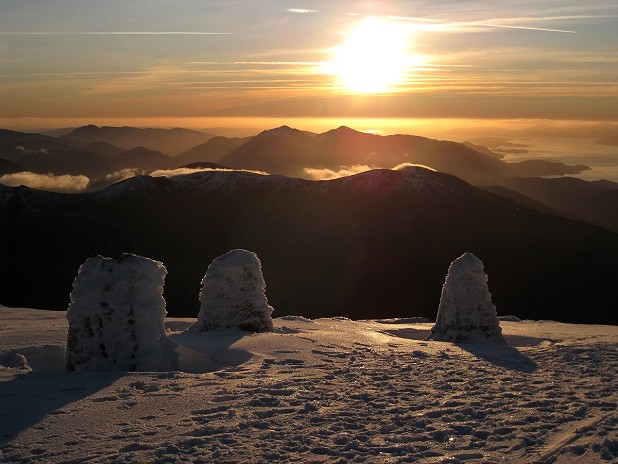



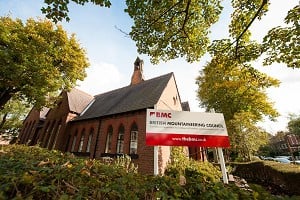




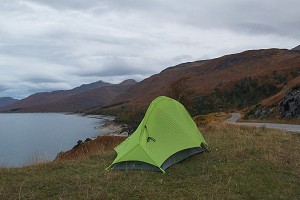
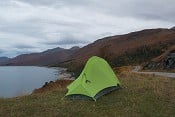
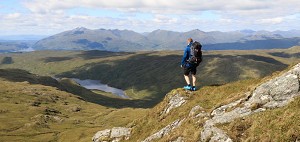

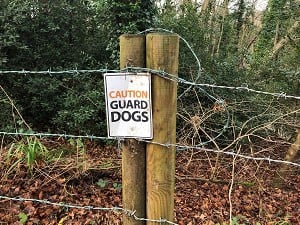
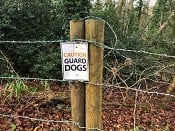
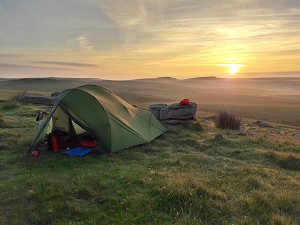
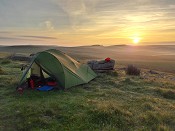

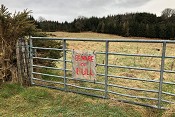
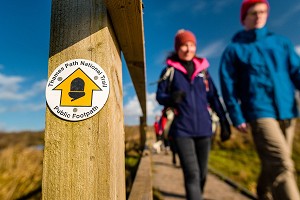
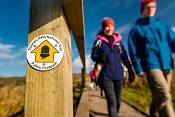
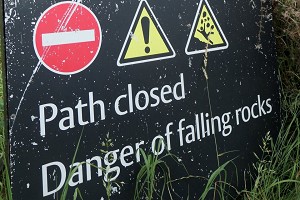
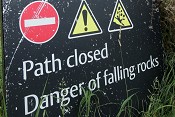
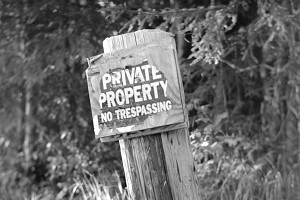
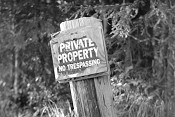
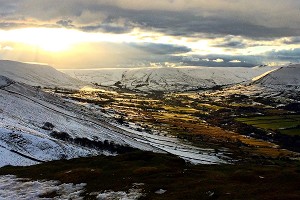
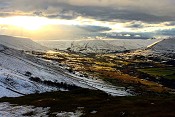


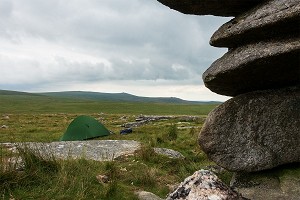
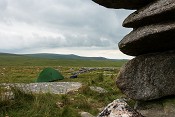
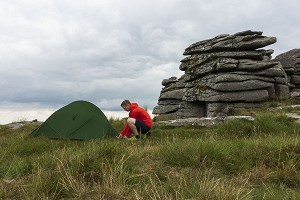


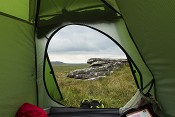
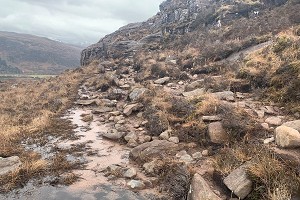
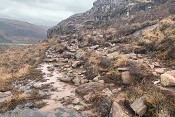
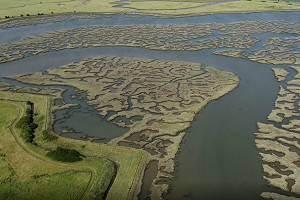
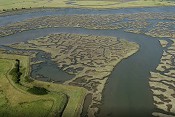

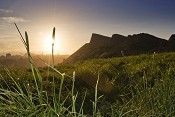
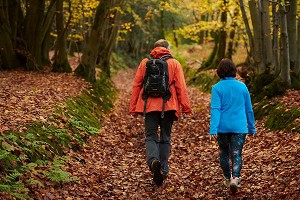
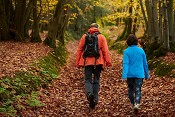
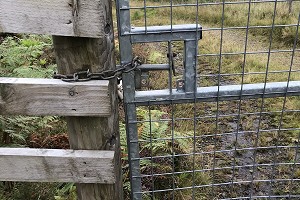
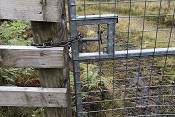
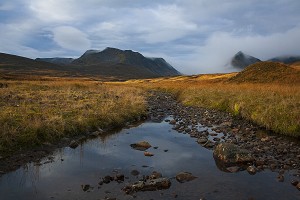
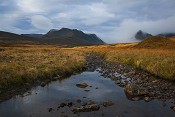

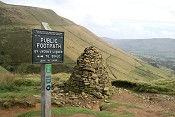
Comments